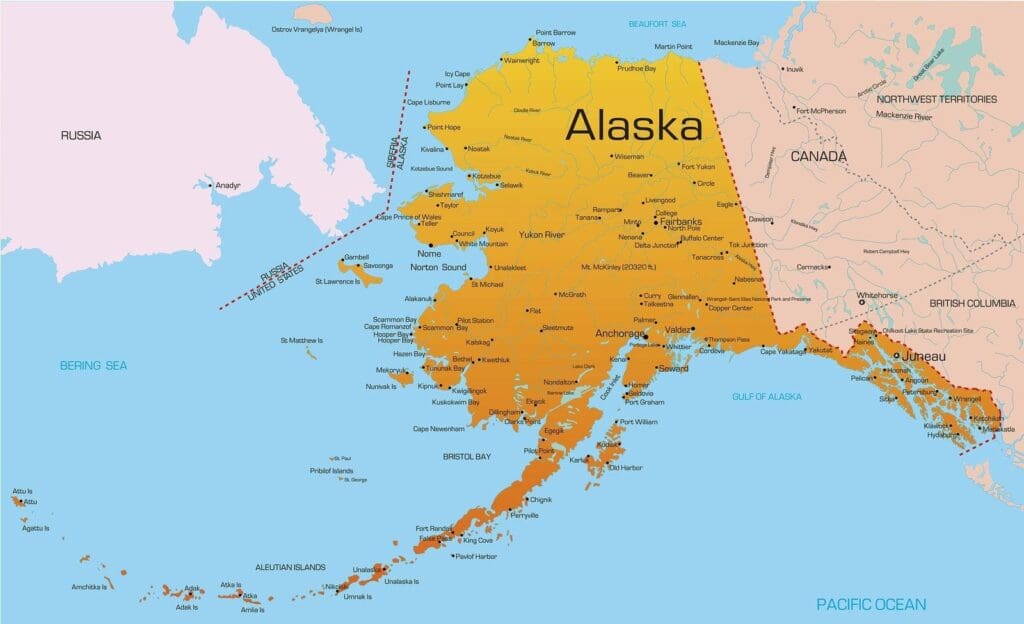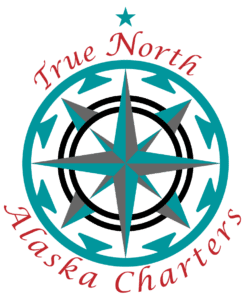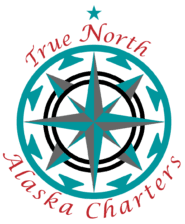
Introduction: Alaska, the Last Frontier, is a land of breathtaking landscapes, abundant wildlife, and a rich tapestry of history. Its story weaves together the ancient traditions of indigenous peoples, the era of Russian colonization, and the eventual American acquisition. In this blog, we will take an immersive journey through Alaska’s captivating past, exploring the indigenous settlements, Russian influence, American acquisition, gold rushes, statehood, strategic significance during World War II, the discovery of oil, and the empowerment of Alaska Natives through land claims settlements. This fusion of histories has shaped Alaska into the remarkable and awe-inspiring state it is today.
- Indigenous Settlement and Russian Colonization: Alaska’s history begins with the indigenous peoples who have inhabited the region for thousands of years. Cultures such as the Inupiat, Yup’ik, Aleut, Tlingit, Haida, and others developed rich traditions and sustainable practices, adapting to the challenges of the Arctic environment. In the 18th century, Russian explorers, including Vitus Bering and Aleksandr Baranov, ventured into Alaska, establishing trade relationships and eventually leading to Russian colonization. Russian settlements such as Kodiak and Sitka became trade hubs, shaping the early European presence in the region.
- American Acquisition and Gold Rush: In 1867, Alaska’s destiny took a new turn when the United States purchased the territory from Russia in what was known as the Alaska Purchase. This acquisition, championed by Secretary of State William H. Seward, initially faced skepticism but would prove to be a pivotal moment in Alaska’s history. The late 19th century witnessed the Klondike Gold Rush, which attracted prospectors from around the world, bringing rapid development, the founding of towns like Skagway and Nome, and the exploration of Alaska’s vast resources.
- Statehood and World War II: During World War II, Alaska’s strategic location in the Pacific became crucial. In 1942, the Japanese occupied the Aleutian Islands, leading to the Aleutian Campaign, which marked the only instance of enemy occupation on U.S. soil during the war. The construction of military bases, including Fort Richardson and Elmendorf Air Force Base, brought infrastructure development, population growth, and economic opportunities. Alaska officially became the 49th state of the United States in 1959.
- Oil Discovery and Native Land Claims Settlement Act: In the late 20th century, Alaska experienced another transformative period. Significant oil reserves were discovered in the North Slope, leading to the construction of the Trans-Alaska Pipeline System (TAPS). This pipeline, spanning 800 miles, transported oil from Prudhoe Bay to Valdez, playing a pivotal role in Alaska’s economy. Simultaneously, the Native Land Claims Settlement Act of 1971 addressed long-standing land disputes, empowering Alaska Natives through the establishment of regional and village corporations and fostering economic opportunities while preserving cultural heritage.
Conclusion: Alaska’s history is a remarkable blend of indigenous heritage, Russian colonization, American acquisition, gold rushes, statehood, strategic significance in World War II, the discovery of oil, and the empowerment of Alaska Natives. From the ancient traditions of indigenous peoples to the bold visions of explorers and settlers, each era has contributed to shaping Alaska into a land of diverse cultures, stunning landscapes, and abundant resources. Today, as visitors explore the Last Frontier, they stand witness to the enduring legacy of Alaska’s past, admiring its natural wonders while honoring the generations that have called this remarkable place home.

